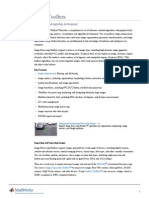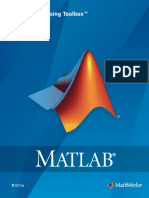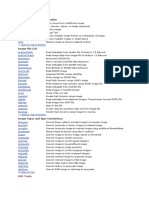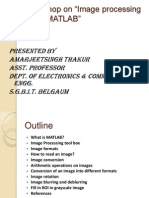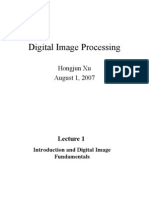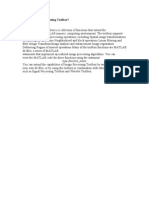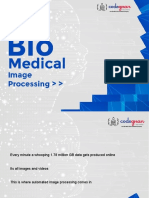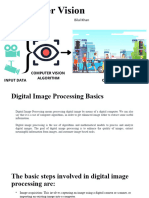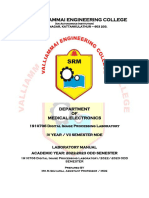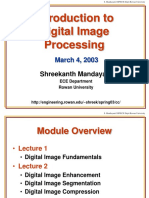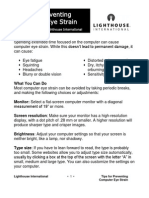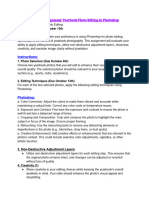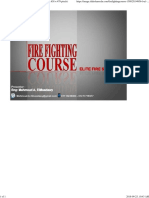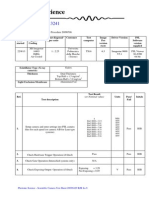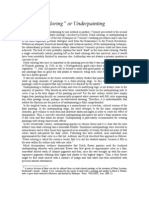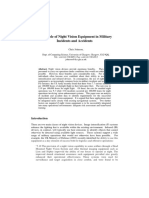0% found this document useful (0 votes)
87 views7 pagesIntroduction To Image Processing Toolbox
Image processing toolbox(tm) provides a comprehensive set of reference-standard algorithms and graphical tools. Many functions in the toolbox are multithreaded to take advantage of multicore and multiprocessor computers. Graphical tools let you explore an image, examine a region of pixels, adjust the contrast, create contours or histograms, and manipulate regions of interest (ROIs)
Uploaded by
Geetha ShreeCopyright
© Attribution Non-Commercial (BY-NC)
We take content rights seriously. If you suspect this is your content, claim it here.
Available Formats
Download as DOC, PDF, TXT or read online on Scribd
0% found this document useful (0 votes)
87 views7 pagesIntroduction To Image Processing Toolbox
Image processing toolbox(tm) provides a comprehensive set of reference-standard algorithms and graphical tools. Many functions in the toolbox are multithreaded to take advantage of multicore and multiprocessor computers. Graphical tools let you explore an image, examine a region of pixels, adjust the contrast, create contours or histograms, and manipulate regions of interest (ROIs)
Uploaded by
Geetha ShreeCopyright
© Attribution Non-Commercial (BY-NC)
We take content rights seriously. If you suspect this is your content, claim it here.
Available Formats
Download as DOC, PDF, TXT or read online on Scribd
/ 7
